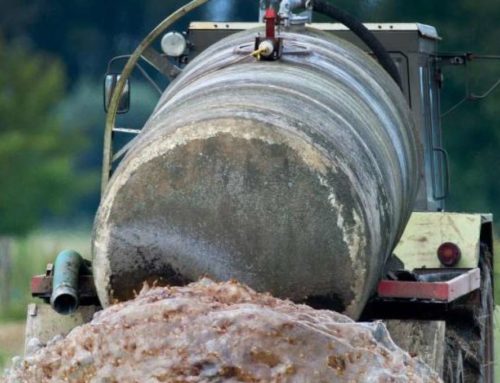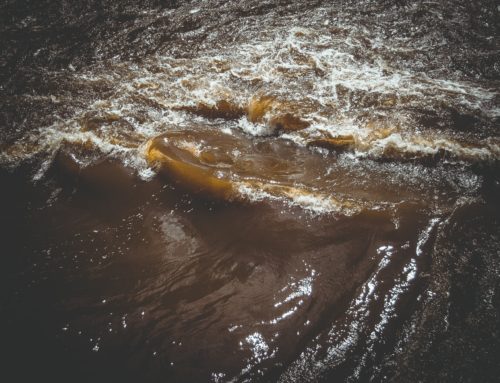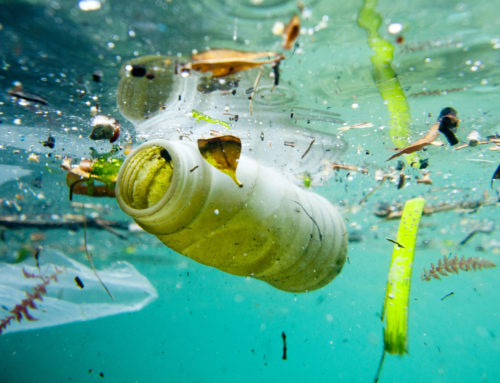A method of growing rice based on ducks to feed on insects and weeds was discovered a few years ago. The Aigamo method of rice cultivation was developed in 1989 by Takao Furuno, a farmer in Fukuoka Prefecture, and enables the production of healthy and tasty rice, requiring less work than previous methods. From its beginnings in Japan, it has found its way to rice growing countries such as South Korea, China, Vietnam, the Philippines, Thailand and even distant Iran. Rice cultivated with this method is more resistant to typhoons and other problems, and some farmers who started it have called it a “gift from God”.
Organic rice
Der Aigamo ist eine Kreuzung von wilden und einheimischen Enten. Die Aigamo-Methode für den Reisanbau beinhaltet die Freisetzung von Aigamo-Entenküken in ein Reisfeld etwa eine oder zwei Wochen nach dem Einpflanzen der Sämlinge. Zwischen 15 und 20 dieser Vögel werden auf 1.000 Quadratmetern Ackerland benötigt. Ebenfalls notwendig ist ein Unterstand, in dem die Enten sich ausruhen und vor Regen schützen können. Um sie vor Hunden, Katzen, Wieseln und Krähen zu schützen, sollte das Feld von einem elektrischen Zaun umgeben und von oben durch eine Angelschnur geschützt werden.
Die Entenküken helfen den Reissämlingen zu wachsen, indem sie sowohl Insekten als auch Unkräuter essen, die ihnen im Weg stehen. Der Landwirt kann dann den Reis ohne Verwendung von Pestiziden oder Herbiziden anbauen. Er oder sie ist auch frei von der rücksichtslosen Arbeit, sich zu bücken, um Unkraut von Hand zu ziehen. Der Kot der Entchen wird zu einer wichtigen natürlichen Düngerquelle. Ausserdem schüren sie den Boden im Reisfeld mit ihren Füssen und Schnäbeln, was den Sauerstoffgehalt des Bodens erhöht und ihn für die Keimlinge nahrhafter macht. Und wenn es Zeit ist, den Reis im Herbst zu ernten, sind die Enten fett geworden und können für Fleisch verkauft werden. Indem sie es den Bauern erlauben, Getreide biologisch anzubauen und auch Enten zu züchten, um sie als Fleisch zu verkaufen, die Aigamo-Methode tötet wirklich zwei Fliegen mit einer Klappe.
Financial relief
In countries across Asia, where people are thinking about overusing chemical fertilizers and pesticides, the Aigamo method of growing healthy and tasty rice is attracting attention and many farmers have begun to use it. This method is advantageous in terms of cost, as farmers no longer have to buy expensive chemical fertilisers or pesticides. And the fact that extra money can be made when the adult ducks are sold is another factor that many find appealing.
The Aigamo is a cross between the Kamo (wild duck) and the Ahiru (domestic duck). becauseKamo are migratory, it was believed that the use of Ahiru would be better for agriculture. However, some experts say that Aigamo are used because they produce a large amount of tasty meat and are easier to get than Ahiru.
Furuno, the pioneer of the Aigamo rice cultivation method, has visited Cambodia, China, Indonesia, Malaysia, the Philippines, South Korea, Taiwan and Vietnam to introduce the method. New technologies and new ideas are being tested in various areas, and Japan has begun to receive feedback from farmers themselves.



